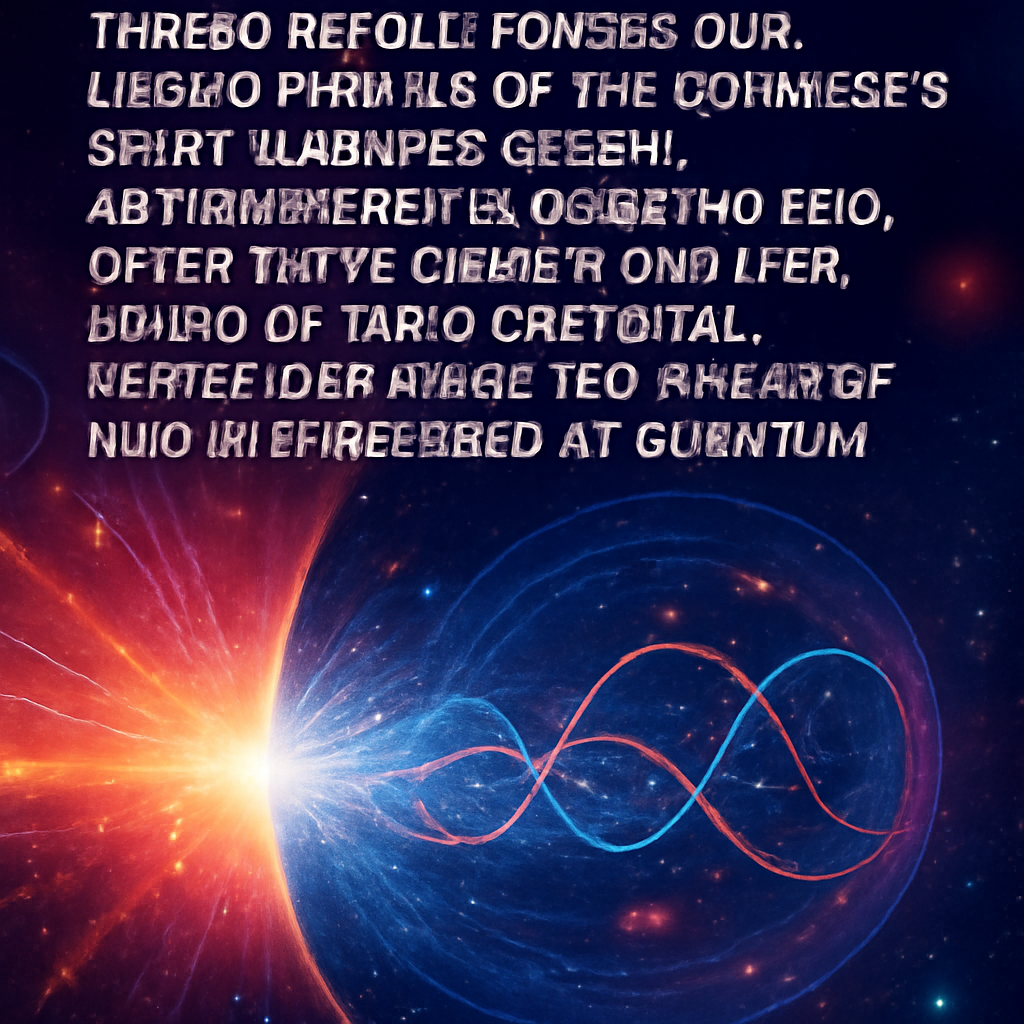Location
Mount Vernon, WA 98274
Location
Mount Vernon, WA 98274

The cosmic inflation theory revolutionized our understanding of the universe's early moments. Recent advancements in quantum physics offer new insights into this period of rapid expansion, suggesting that the universe was not merely inflating, but also entangled at quantum levels.
The theory of cosmic inflation has long held a pivotal place in cosmology, offering an explanation for the uniformity of the universe we observe today. Proposed in the 1980s by physicist Alan Guth, inflation posits that a fraction of a second after the Big Bang, the universe underwent an exponential expansion. Recent developments in quantum physics are now revealing deeper layers of this theory, suggesting that the processes that drove inflation may have been inherently quantum in nature.
One of the most exciting aspects of this research is the concept of quantum entanglement, a phenomenon where particles become interconnected in such a way that the state of one instantly influences the state of another, regardless of the distance separating them. Astrophysicists are now investigating whether quantum entanglement played a significant role during the inflationary phase of the universe. This could imply that the seeds of cosmic structure were not just laid out randomly but were intricately linked at a quantum level.
Recent simulations conducted by researchers at the University of California, Berkeley, have begun to explore these ideas. Their models suggest that the quantum fluctuations during inflation could lead to a more complex structure of the universe than previously understood. This perspective aligns with findings from the Cosmic Microwave Background (CMB) radiation, which provides a snapshot of the universe when it was just 380,000 years old. The CMB indicates slight temperature variations that suggest the seeds of galaxies were sown during inflation.
Moreover, the implications of these findings extend beyond mere cosmology. Understanding the quantum mechanics at play during the universe’s formative moments could bridge the gap between quantum physics and general relativity, two pillars of modern physics that have historically resisted unification. If researchers can demonstrate that the inflationary phase was influenced by quantum entanglement, it may open doors to a new framework for understanding gravity and the fundamental forces of nature.
The quest to understand cosmic inflation is not just an academic endeavor; it shapes our comprehension of the universe and our place within it. As we refine our models and delve deeper into the quantum realm, we may soon uncover not only how the universe expanded but also how it is interconnected in ways we have yet to fully grasp. This exploration may redefine our understanding of reality itself, forcing us to reconsider the very fabric of existence.